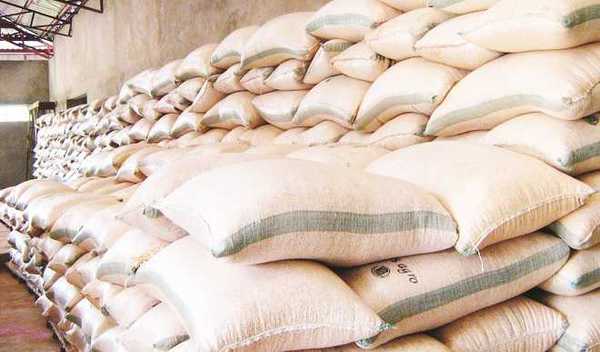
Blood meal is simply a powder made from animal blood that is used either as organic fertiliser or as a component of animal feed.
It is an excellent source of nitrogen when used as fertiliser for plants when compared to other natural fertilisers. Blood meal also has significant phosphorus and calcium; as such it’s perfect for vegetable gardening.
Similarly, blood meal could be a successful replacement of protein sources in various animal feeds for dairy cattle, beef cattle, sheep, poultry, fish etc.
According to feedipedia.com, blood meal can be prepared by either solar drying, oven drying, drum drying, flash drying or by spray drying.
However, for small-scale production, the solar drying method is most suitable.
In order to make blood meal using the solar method, blood should be collected from abattoirs. It is then boiled while stirring constantly, and when moisture has considerably reduced to between 10 per cent and 12 per cent, it should be spread on a clean surface and allowed to sun-dry or oven-dry.
Meanwhile, plantcaretoday.com advises that because blood meal is a concentrated source of nitrogen, excessive application should be avoided.
Since blood meal is water soluble, it can be dissolved in water and used as liquid fertiliser, mixed directly into soil or as a component in making compost.
Again, because blood meal is not very palatable, it is not advisable to include high quantity in livestock feed.




